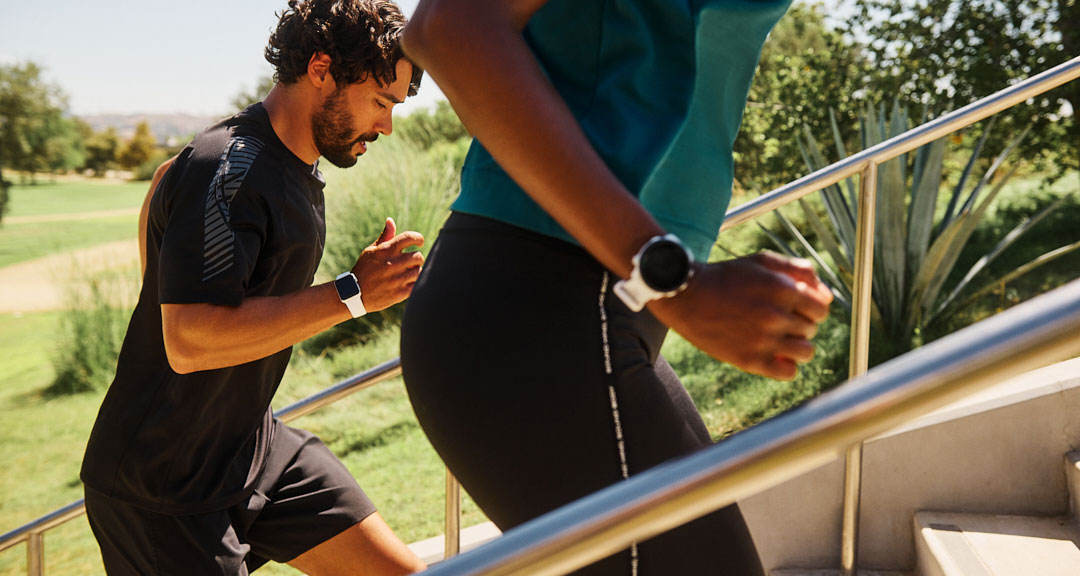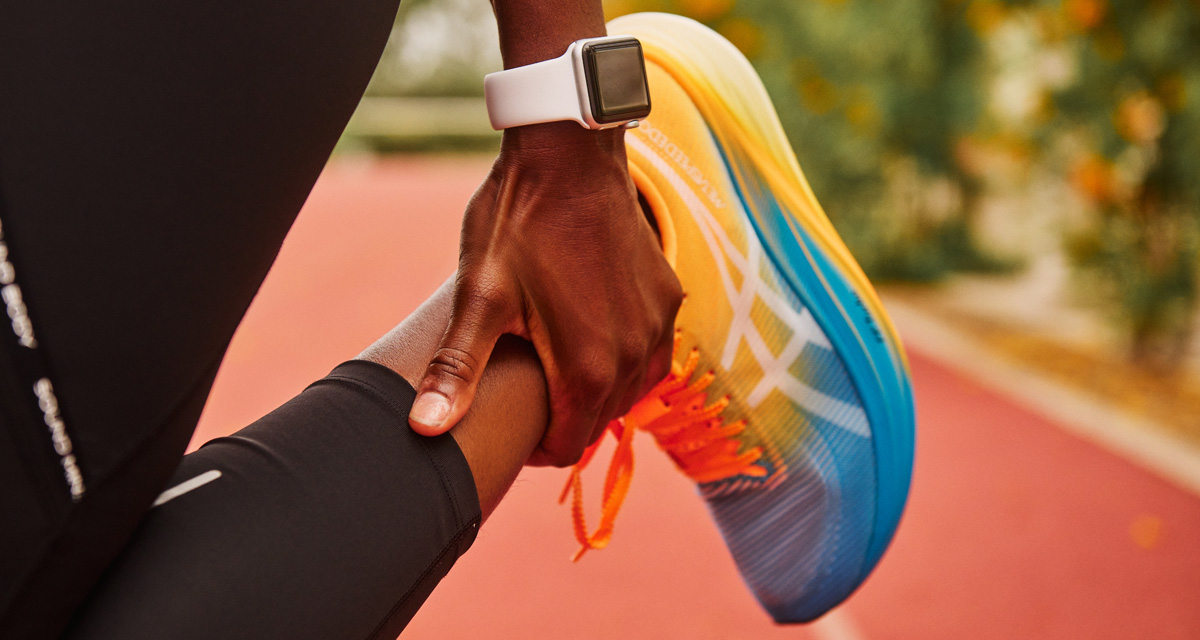How to Prevent Muscle Cramps While Running
Hello and welcome back to the Mohsin Salya blog.
Getting muscle cramps is inevitable when you’re a runner, it’ll happen at one time or another. Sometimes you can get them at specific times, like when you’re running a marathon, and it’s also common throughout the summer.
In this post I’ll be looking at why we get muscle cramps, when we get them and how to prevent them.
Why do I get muscle cramps when I run?
The most frustrating thing about muscle cramps is that they seemingly come from nowhere, and even more frustrating when it’s in the middle of a race. Although the cause of muscle cramps is still somewhat unknown, there are some theories out there on the different kinds of cramps.
The first type is thought to be muscle overloading and fatigue cramps from overuse. This cramping is painful often in the calf muscle as that is the one being overworked. The second type is an electrolyte imbalance muscle cramp. These can develop due to extensive sweating and low sodium levels, and so these cramps may occur even if there is no muscle overuse. This type can also occur in multiple muscle groups, not just the calf.
It’s important to try and determine which type of muscle cramp you are most prone to getting when you run, so that you can try your best to prevent them.
How do I stop muscle cramps when running?
Sometimes muscle cramps can be worked out, but unfortunately more often than not they persist and you just have to wait it out.
If you have a muscle overloading and fatigue cramp, this can occur from repeated or extended loading of a particular muscle group and muscles that are in a shortened position. For example, the calf muscles are very vulnerable as they remain in a shortened position while running. A few things you can do to immediately treat this type of camp include:
- Passive stretching and massage
- Active contraction of the antagonist muscle (e.g. contracting your hamstring to stretch your quadriceps)
- Icing the affected muscle group
The electrolyte imbalance muscle cramp is typically a result of extensive sweating and significant electrolyte losses – especially sodium and chloride. Dehydration is very often an underlying issue also, especially if you have a poor daily intake of fluids and electrolytes. This type of cramping is intermittent, as opposed to constant.
A few things you can do to immediately treat this type of camp include drinking a high-salt sports drink, or alternative add 3 grams of salt into 0.5 litres of regular carbohydrate sports drink. It’s also beneficial to massage and ice the area to help relax the muscles.
How do I prevent muscle cramps?
If you find yourself having muscle cramps more and more regularly, there are a few things to try to help deter them.
- Reduce your exercise intensity and duration
- Improve your conditioning and range of motion
- Make biomechanical adjustments
- Practice relaxation when exercising
Until next time,
Mohsin Salya




